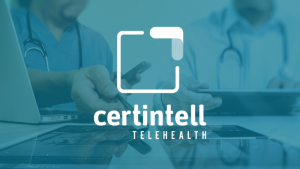Data shows Artificial Intelligence (AI) messages bolster patient engagement and help patients feel supported and well-informed during times of uncertainty, especially for those in SDOH bands.
Webinar Presenters:
- Rena Brar Prayaga: Director of Behavioral Data Science at mPulse Mobile
- Brendan McClure: VP of Marketing at mPulse Mobile
During FierceMarket’s webinar entitled “Lessons Learned from 30+ Million COVID-19 Messages Sent to Plan Members,” Rena Brar Prayaga of mPulse Mobile noted one very clear trend to take away from the previous pandemic: patients are “hungry” for connection to their healthcare providers.
Through the 30+ million messages mPulse sent out during its mobile health campaign, the company saw a tremendous increase in patient engagement and demand for connectivity from its members. mPulse mobile used artificial intelligence (AI) to act as a virtual health coach for a plethora of members, which targeted behavior stemming from current health conditions as well as from the environment. Throughout the campaign, mPulse Mobile saw the lowest opt-out rates they had ever seen, at 0.8 percent, which is one-fifth of their usual opt-out rates.
“There’s a perceived value of staying connected,” Brar Prayaga said.
Personalization was a driving force behind this increased engagement; the campaign was divided into eight different sub-topics, of which users could select those most relevant to them. Because they could tailor to their different needs, they wanted to stay for the virtual interaction. Similarly, Certintell’s virtual care team is able to give targeted outcome-driven approaches to health care well into the future.
Patients have a desire to engage as much as possible when it comes to their health and are willing to do so virtually. Additionally, telemedicine was the third highest topic of interest for these members, with 14.8 percent saying they were interested in learning more. mPulse Mobile also found that engagement increased with interactive AI messaging that featured effective calls-to-action, which demonstrates that behavioral change is largely dependent on being continuously supported. What’s also worth noting is that mPulse Mobile saw the highest engagement from those in SDOH cohorts; these populations felt an increased need to be supported.
“Members with greater barriers based on social determinants of health were more likely to engage….There seemed to be a heightened need and awareness to be in touch with their health plan,” Prayaga said.



